- Joined
- Aug 15, 2000
- Messages
- 18,461
There was a thread titled True Hearts?????? is this stone a true heart? here https://www.pricescope.com/community/threads/true-hearts-is-this-stone-a-true-heart.90360/ which Admin closed because they thought it was a bit off the consumers request for info / topic.
Some people thought the topic was gradually getting somewhere, and given that HRD has just established a grading system for H&A''s and there has been debate about the linkage between cut quality and the role of H&A''s and clefts in hearst etc - Andrey is very happy to link these two threads and the nerds can discuss and debate these issues here.
so, on the count of 3.......1,.....2,.......
Some people thought the topic was gradually getting somewhere, and given that HRD has just established a grading system for H&A''s and there has been debate about the linkage between cut quality and the role of H&A''s and clefts in hearst etc - Andrey is very happy to link these two threads and the nerds can discuss and debate these issues here.
so, on the count of 3.......1,.....2,.......



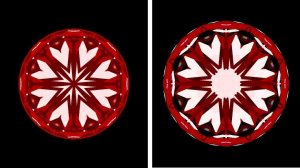

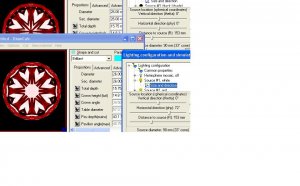
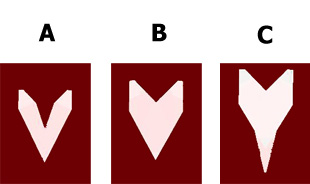

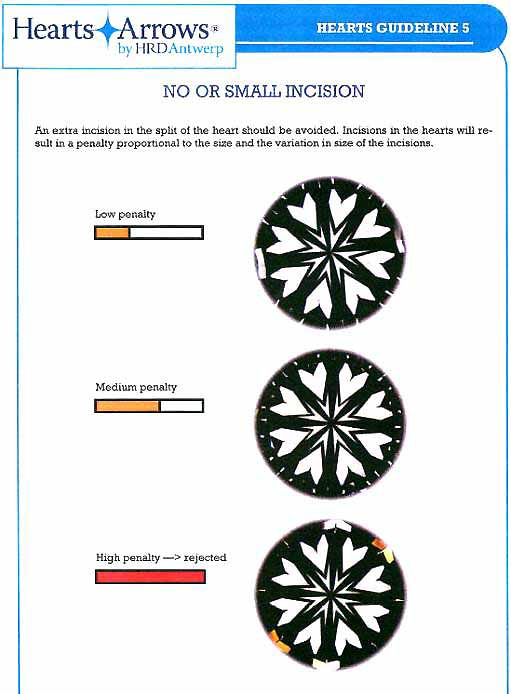
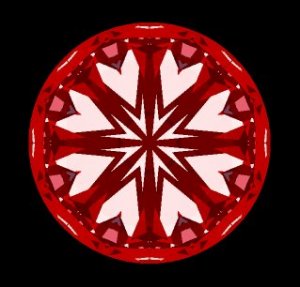


300x240.png)